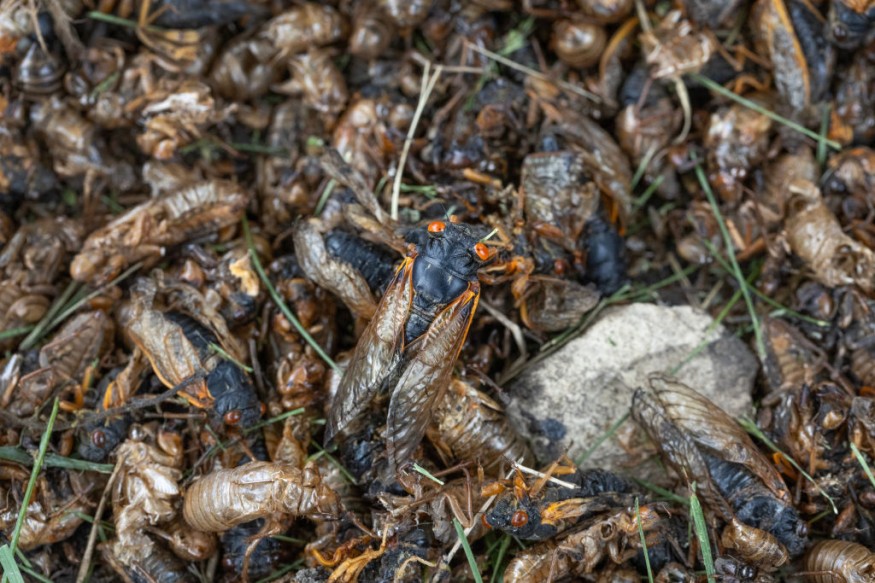
Recent research says almost 17 million insects migrate through a single mountain pass on the French-Spanish border annually.
Major Migration Route
Researchers from the University of Exeter have examined migratory insects in the Pyrenees' Pass of Bujaruelo, which is a 30-meter chasm between two tall peaks.
For four years, the team traveled to the pass in the fall to observe the multitude and diversity of day-flying insects making their way south. The results for this one trip indicate that the Pyrenees is a major migration route for many species, with billions of insects passing across it each year.
The United Kingdom is among the northernmost points on the migratory insects' routes.
Married couple ornithologists David and Elizabeth Lack first documented this amazing insect migration in 1950 when they came to the pass for their hoeneymoon. They had come to see how little birds navigated the jagged peaks of the Pyrenees, which can reach elevations of 11,000 feet.
Almost 70 years went by without any studies on the migration being published, despite the fact that few scholars visited the pass in the years that followed. Hawkes and other researchers made the decision to alter that in 2018.
Will Hawkes, from the Centre for Ecology and Conservation on Exeter's Penryn Campus in Cornwall, said what they discovered was genuinely astounding. The team not only saw a great deal of marmalade hoverflies continuing their migration in the pass, but more than that.
"These insects would have begun their journeys further north in Europe and continued south into Spain and perhaps beyond for the winter. There were some days when the number of flies was well over 3,000 individuals per meter per minute," he added.
Migratory Insects
When the weather was warm, sunny, and dry, and there was a headwind to keep the insects low over the pass so they could be counted, the quantity of insects peaked.
High-altitude mountains and wind patterns combine to create an extraordinarily rare sight, which is visible at ground level but is often an invisible high-altitude migration.
Although a variety of insects were observed, 90% of them were flies. Famous migratory insects like dragonflies and butterflies accounted for less than 2 percent of the total.
Numerous of the migrants were familiar garden dwellers, such as the house fly (Musca autumnalis), the cabbage white butterfly (Pieris rapae), and even the tiny grass flies (Chloropidae), which are just 3 mm long.
These migratory insects are extremely vital to our world, particularly the flies.
The majority of the insects, about 90%, were pollinators. Their migrations spread genetic material over large distances between plant communities, enhancing the health of the plants. While many of the insects, such as the pied and marmalade hoverflies, which consume aphids while they are still in their larval stages, were pest controllers, some of the species were pests.
Numerous factors contribute to decomposition, and all move nutrients-like nitrogen and phosphorus-over great distances, which may be critical for the health of the soil and the development of plants.
These essential insect migrations are believed to be in decline as a result of habitat degradation and the climate crisis.
"By spreading the knowledge of these remarkable migrants, we can spread interest and determination to protect their habitats. Insects are resilient and can bounce back quickly. Together, we can protect these most remarkable migrants of all," Hawkes added.
Related Article : Insect Migrations Provide Food for Bats in the Pyrenees
© 2025 NatureWorldNews.com All rights reserved. Do not reproduce without permission.





